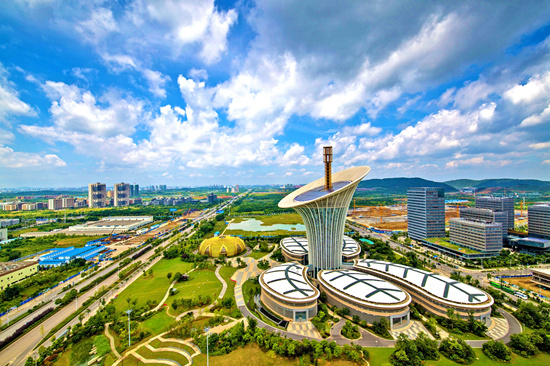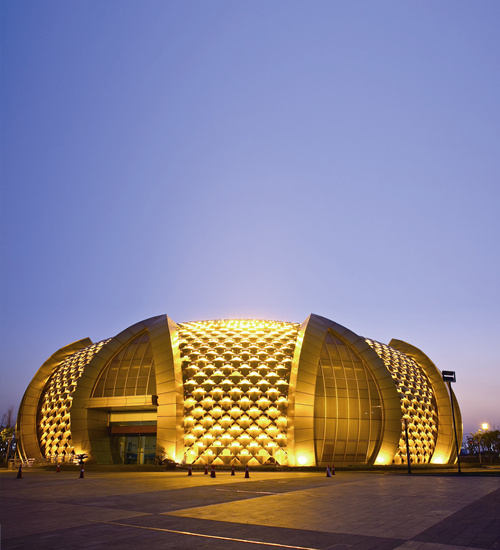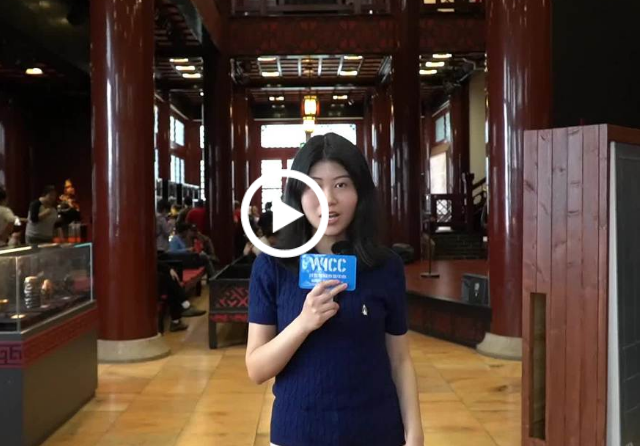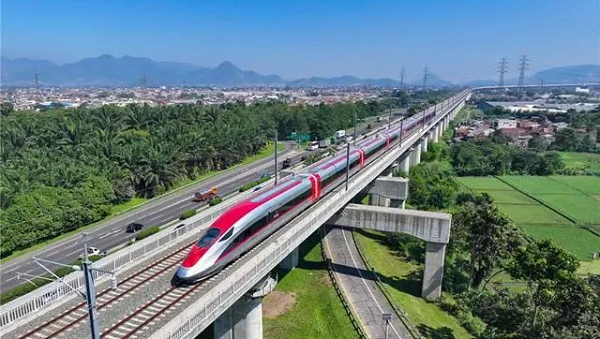Overview
Wuhan Future City, located in eastern East Lake High-Tech Development Zone, is one of the four concentrated talent bases for major State-owned enterprises and the only "future science and technology town" approved by the State Council for central and western regions.

Wuhan Future City [Photo/wehdz.gov.cn]
Surrounded by mountains and lakes, the town covers a total area of 66 square kilometers and focuses on a series of strategic emerging and high-tech service industries, including optoelectronic information, energy and environmental protection and high-end equipment manufacturing.

Wuhan Future City [Photo/wehdz.gov.cn]
The town now has world-class R&D institutions and leading talents from State-owned enterprises, some world Top 500 companies, research institutes and colleges and universities.
Nowadays, Wuhan Future City has become an important base leading high-end research and development and science and the technology industry in the Wuhan East Lake High-tech Development Zone -- also known as the Optics Valley of China -- according to local officials.
Since 2010, 14 of world's top 500 enterprises, including Huawei, Deutsche Telekom and Siemens, as well as 20 State-owned enterprises such as China Electronics and CSIC, have joined other corporate residents such as Huagong technology and Camel Co Ltd to settle there.
Local technology enterprises such as Raycus, DR Laser and Cabio have also located in the zone.
To date, Wuhan Future City is home to 1,236 registered companies, with the total numbers of employees and Party members reaching 40,000 and 2,710 respectively.
The optoelectronic information and the big data sectors are its pillar industries, accounting for 32 percent and 25 percent respectively of its overall industrial layout.
About 65 percent of talents in the city have bachelor's degrees, and 35 percent of talents hold master's or doctorate degrees.
Officials said the national memory base project, with a total investment of $30 billion, which is located in Future City, recently started mass production of computer chips.
Relying on the talent policy advantages of Optics Valley, high-level talent teams has accelerated their move to locate in Future City, officials said.
Two Nobel Prize winners were employed as chief scientific adviser there. Meanwhile, 16 academicians, over 60 national high-level talent, foreign experts and more than 600 global innovation and entrepreneurship teams have gathered in Future City.
Over the next few years, Wuhan Future City plans to introduce and develop 2,000 high-level innovation teams.
It plans to develop and commercialize 100 internationally leading scientific and technological achievements, develop 50 world-class R & D institutions and innovation enterprises, introduce 100,000 high-end scientific and tech talent, create one or two revolutionary and strategic new industries, -- and strive to build the city as "international talent highland and free innovation core area".




